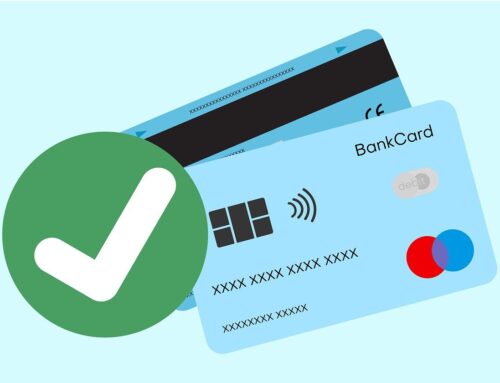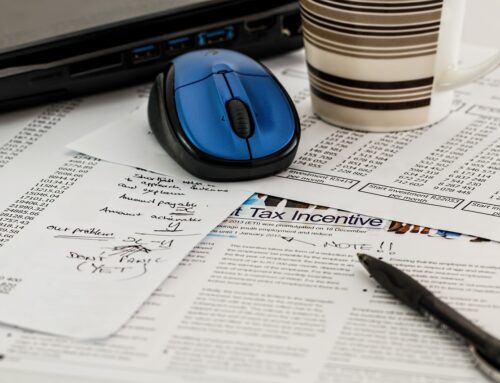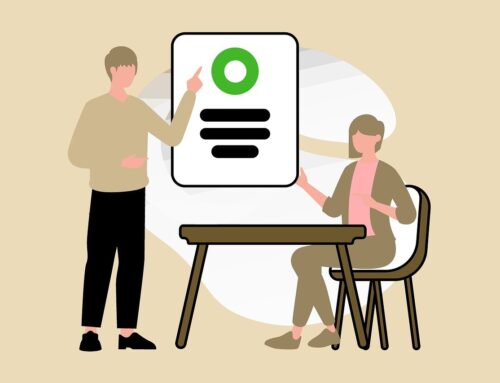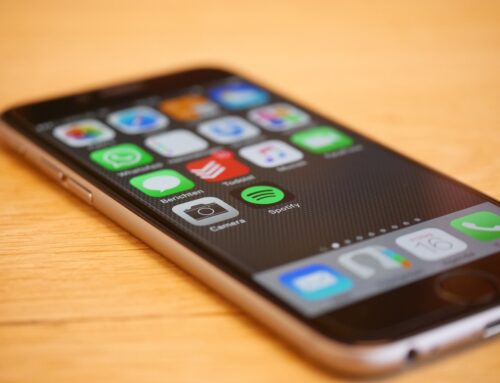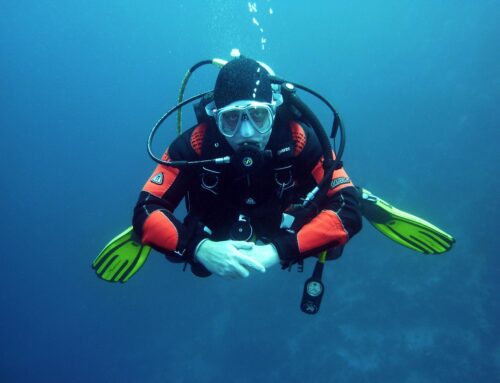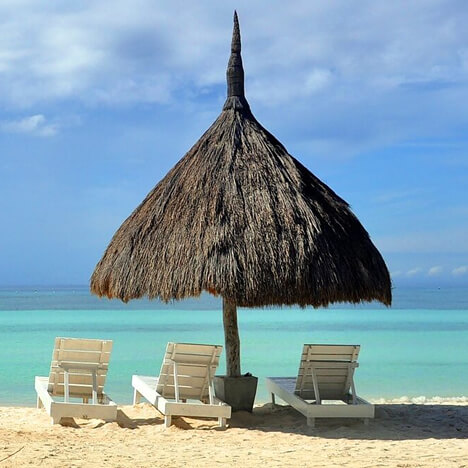
Your Guide to Disaster Preparedness in the Philippines
The Philippines faces typhoons, floods, earthquakes, and even volcanic eruptions. Being ready is not just smart—it can save lives. But don’t worry, preparing doesn’t have to be overwhelming. This guide walks you through everything you need to know to stay safe before, during, and after a natural disaster.
What the Philippine Government Is Doing to Help
The government has a national plan in place called the NDRRMP. It’s a long name, but the goal is simple—make every community more prepared. This plan covers things like checking where floods or landslides usually happen, making building codes stronger, and running public drills.
Weather warnings from PAGASA help people know when to act. Local governments use sirens or announcements to alert people quickly. They also set up shelters where families can stay safe if they need to evacuate.
The plan also supports rebuilding after disasters. It includes money for repairs and restarting businesses. Plus, the government works with private groups and local leaders to train volunteers and make sure help is always nearby.
How Local Communities Are Taking the Lead
In many cases, neighbors are the first to respond when a disaster hits. That’s why the government supports local training programs. These help barangay leaders and volunteers learn how to organize evacuations, set up safe zones, and manage resources.
Local partnerships make a big difference too. When businesses, schools, and health groups join forces, they create stronger support systems. Whether it’s building temporary shelters or distributing food and water, working together helps everyone recover faster.
The more prepared your community is, the faster you can bounce back after something big happens. If you haven’t joined your barangay’s preparedness plan yet, this is a great time to start.
Why Staying Informed Can Keep You Safe
The more you know, the better decisions you can make. That starts with checking weather reports from PAGASA, especially during typhoon season. Local news on TV and radio also gives helpful updates if a storm is coming your way.
You can also download apps like those from the Red Cross or NDRRMC. These give live alerts, list evacuation centers, and let you message loved ones during emergencies.
Social media can help too, but stick with verified accounts like PAGASA or your local LGU. And if the power goes out, a basic AM radio becomes your best source of info.
Disasters happen fast. Being alert gives you the power to respond quickly and avoid danger.
How to Stay Connected with Your Family During a Crisis
Communication is key when things go wrong. Every family should have a simple plan to stay in touch if separated. Pick a safe place to meet, choose someone to contact, and agree on how to check in.
Text messages usually work better than calls when the signal is weak. You can also use messaging apps that work on low data. And if phones go down, knowing your local evacuation center helps you reconnect face to face.
Practice your plan with your family before a storm hits. It might feel silly now, but in an emergency, it helps everyone feel calmer and more focused.
A little preparation goes a long way. When your family knows what to do, they stay safe and less stressed.
How to Build a Disaster Pantry That Keeps You Safe
Picture this. A typhoon hits hard, the power is out, and the roads are flooded. You can’t leave your home. In that moment, your pantry becomes more than a place for snacks. It becomes a lifeline.
A good disaster pantry is not just about stocking up on cans. It’s about planning smart, so you and your family have everything you need to stay safe and well-fed. Start by thinking about how many people are in your household. Then check for allergies, food restrictions, and special needs for kids or seniors.
Choose long-lasting foods like canned meats, vegetables, and fruits. Add dry goods like pasta, beans, and rice. Don’t forget bottled water, soap, a flashlight, and a manual can opener.
Rotate your supplies so nothing expires. Use what’s old and replace it with fresh items. That way, your pantry stays ready when you need it most.
What Non-Food Items You Should Always Include
Food is important, but it’s not the only thing to think about. There are other items your family will need during an emergency.
Water comes first. Aim for one gallon per person per day, enough for drinking and basic washing. Add hygiene products like soap, hand sanitizer, and feminine care items. These are often forgotten until it’s too late.
Next, stock up on safety tools. A basic first-aid kit can handle cuts and scrapes. Include any daily medications, plus extras if you can. You’ll also want a flashlight, batteries, matches, and a whistle in case you need help.
If you lose power, cooking becomes a challenge. Keep a small camp stove and fuel nearby, or use ready-to-eat meals that just need hot water. A few simple extras make it much easier to stay calm and safe.
Why a Resource List Is Just as Important as Supplies
Even the best pantry won’t help if you don’t know where to go or who to call. That’s why having a printed list of important contacts and websites is part of smart disaster planning.
Write down emergency numbers, local radio stations, and barangay contact details. You can also add addresses for nearby evacuation centers. If you live in the city, check your local DRRMO for updates.
List trusted sources like PAGASA for weather, the NDRRMC for safety tips, and the Philippine Red Cross for aid and support. Bookmark or download mobile apps from these groups too.
Store this list in your disaster kit. Print a few copies and laminate one if you can. You might not have internet or power during a crisis, so having this information in your hand could make all the difference.
How to Stay Ready with the Right Apps and Alerts
Your phone can be your best tool during an emergency—if you set it up ahead of time. Start by installing apps from the NDRRMC and the Philippine Red Cross. These offer real-time weather alerts, safety tips, and maps of evacuation centers.
Set your phone to follow government pages on social media. Look for verified accounts from PAGASA, your local LGU, or regional disaster teams. These give updates faster than TV or radio in many cases.
Also, save key numbers to your contacts list. Include relatives, barangay officers, and the nearest hospital or clinic. If possible, make a card with these numbers and put it in your wallet or go-bag.
Technology can help you act fast, but only if you plan ahead. A little setup now can save hours of stress later.

